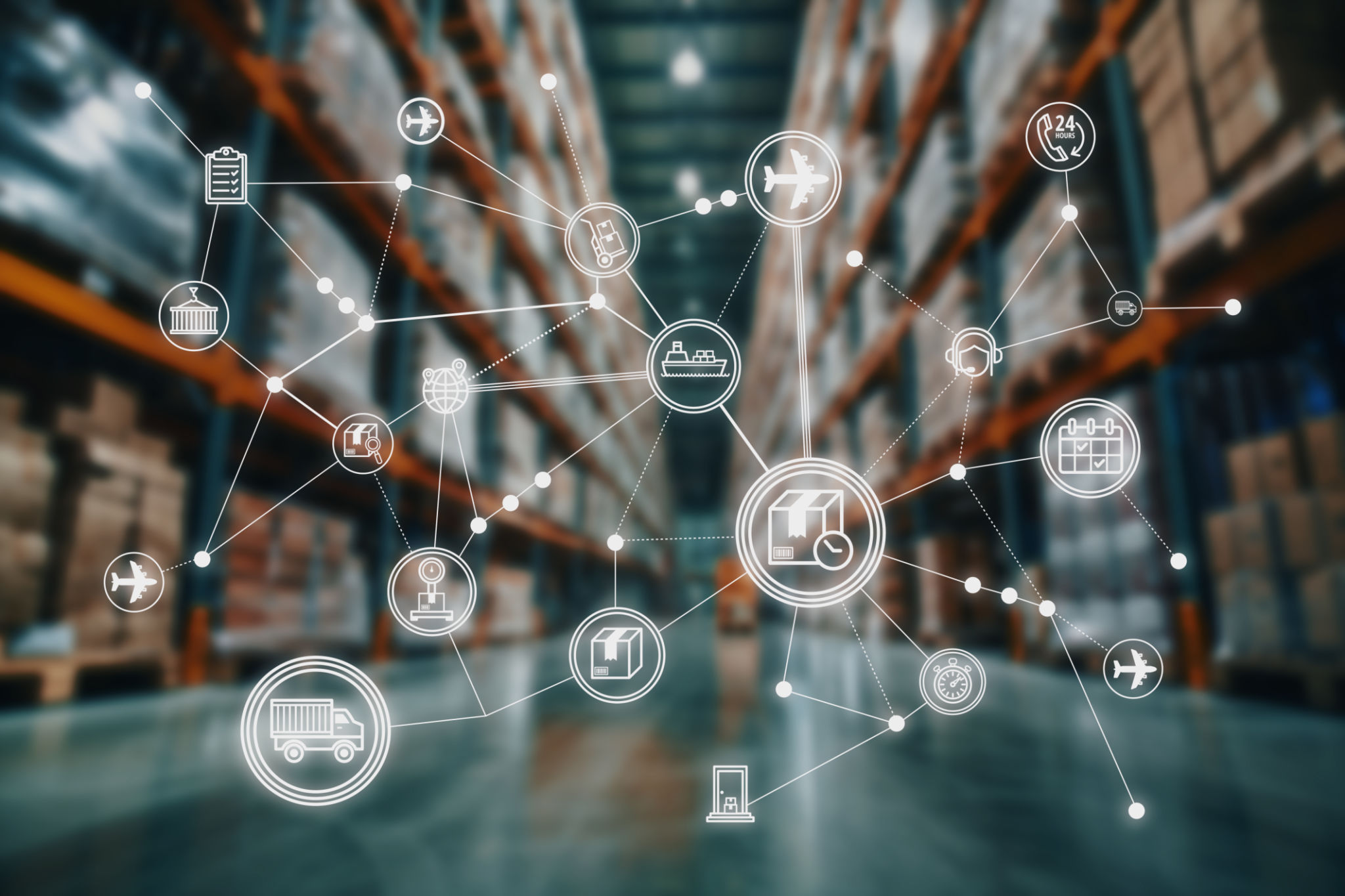Comparing Traditional vs. AI-Driven Logistics: Which is Right for Your Business?
Introduction to Logistics Systems
In the ever-evolving landscape of logistics, businesses are faced with the challenge of choosing between traditional and AI-driven solutions. Each approach has its unique advantages and potential drawbacks. Understanding these differences is crucial for businesses looking to optimize their supply chain operations.
Understanding Traditional Logistics
Traditional logistics relies heavily on manual processes and human oversight. This system encompasses everything from inventory management to transportation planning, often involving a significant amount of paperwork and coordination among various stakeholders. Businesses have long relied on this method due to its predictability and established processes.
Benefits of Traditional Logistics
One of the main advantages of traditional logistics is its reliability. Established processes have been refined over the years, ensuring that any issues can be quickly addressed through tried-and-tested solutions. Additionally, human involvement allows for personalized customer service, which can be a significant differentiator for many businesses.

The Emergence of AI-Driven Logistics
AI-driven logistics, on the other hand, leverages technology to automate and optimize various aspects of the supply chain. By using data analytics and machine learning algorithms, AI can provide real-time insights and predictive analytics to enhance decision-making processes. This modern approach aims to increase efficiency and reduce human error.
Advantages of AI-Driven Logistics
The primary benefit of AI-driven logistics is its ability to process vast amounts of data quickly and accurately. This capability enables businesses to optimize routes, predict demand, and manage inventory with unprecedented precision. Furthermore, AI systems can adapt and learn from past experiences, continually improving their performance over time.

Challenges of Implementing AI in Logistics
Despite its advantages, implementing AI-driven logistics comes with its own set of challenges. The initial setup can be costly, requiring significant investment in technology and training. Additionally, integrating AI solutions with existing systems may pose compatibility issues. Businesses must also consider data privacy and security concerns when leveraging AI technologies.
Making the Right Choice for Your Business
When deciding between traditional and AI-driven logistics, businesses should assess their specific needs and capabilities. For companies with stable processes and limited resources, traditional methods may still be the most practical choice. However, those aiming for scalability and increased efficiency might find AI-driven solutions more beneficial.

Conclusion: Finding the Balance
The decision between traditional and AI-driven logistics isn't always clear-cut. Many businesses may benefit from a hybrid approach that combines the strengths of both systems. By carefully evaluating operational needs and future goals, companies can develop a logistics strategy that best supports their growth and customer satisfaction objectives.